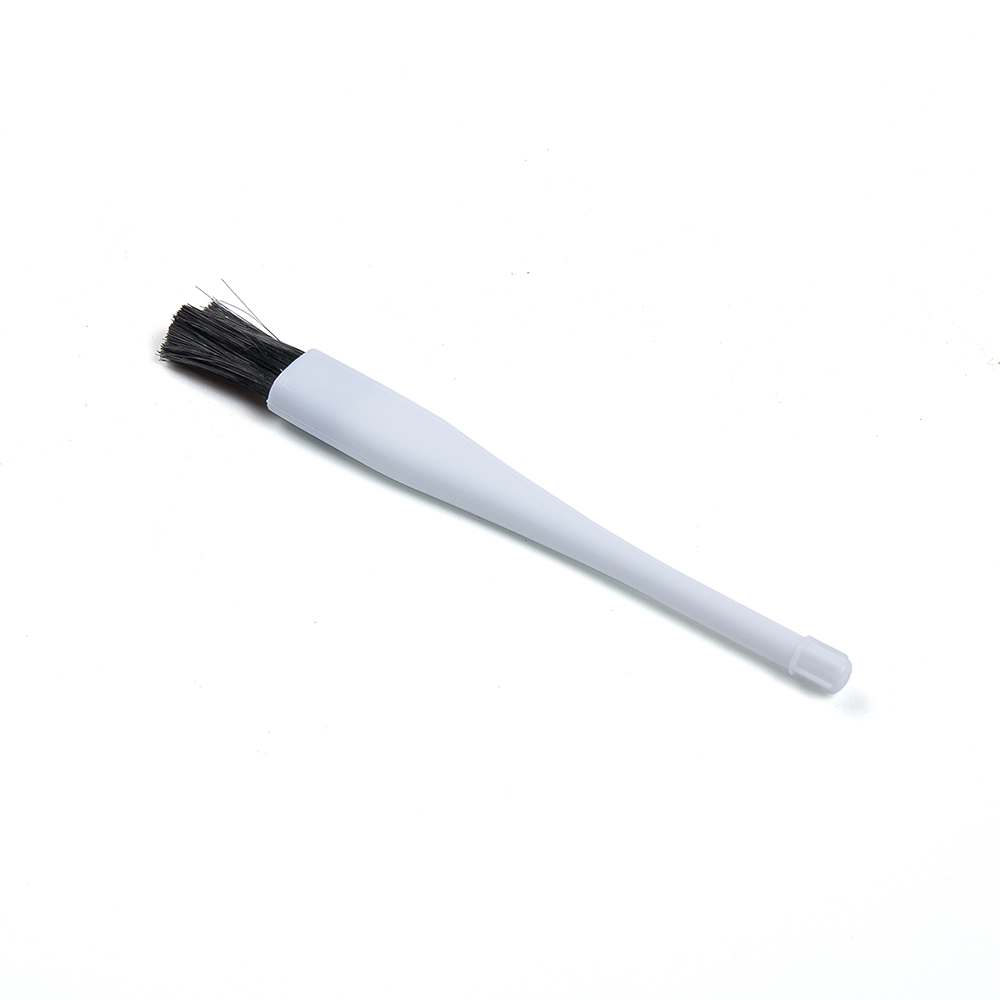The design of accessories for test weights directly affects their reliability and accuracy. To ensure the effectiveness of these accessories in high-precision testing, multiple aspects need to be considered during the design process, including material selection, structural design, process control, and environmental adaptability. Here are a few key factors to ensure their reliability and accuracy through design:
1. Material selection and processing
High-precision materials: Test weight accessories are usually made of high-quality, stable materials (such as stainless steel, aluminum alloy or special alloys), which have excellent corrosion resistance, wear resistance and dimensional stability. The choice of materials directly affects the quality of accessories and their accuracy in long-term use.
Surface treatment: In order to improve corrosion resistance and wear resistance, the surface of test weight accessories is usually coated or treated (such as electroplating, spraying or anodizing). This ensures that the accessories will not rust or damage in a variety of environments (such as moisture, salt spray, etc.), thereby maintaining their long-term reliability.
2. Accurate structural design
Tolerance control: The tolerance range of accessories is strictly controlled during design to ensure that the dimensional accuracy of accessories meets standard requirements. The dimensions of each test weight accessory should be accurate to the micron level to ensure that it can provide accurate weight during the test.
Weight uniformity: In order to ensure accuracy during testing, the weight distribution of the accessories needs to be considered uniform during design to avoid inaccurate measurement results due to weight deviation. For example, in some accessories, a built-in balanced distribution design may be adopted to ensure that the weight of the accessories is always uniform.
3. Precision processing technology
High-precision processing: During design, ensure that high-precision processing equipment and processes, such as CNC processing technology, are used to ensure the shape, size and weight of the accessories are accurate. Precision processing technology ensures that the geometry of each accessory perfectly meets the design standards and will not affect the test results due to deformation or error.
Quality inspection: Each accessory needs to undergo strict quality inspection after processing, including dimension inspection, weight calibration, material analysis, etc., to ensure that each accessory meets quality standards and can maintain its accuracy over a long period of time.
4. Standardized design and compliance

Compliance with industry standards: The design of test weight accessories must comply with international standards, such as ISO 17025 (laboratory quality management) or OIML (International Organization for Legal Metrology) standards. These standards specify the requirements for the accuracy, tolerance, material, shape, etc. of test weight accessories to ensure the consistency and reliability of accessories in different application scenarios.
Certification and testing: During design, accessories must be tested and certified by a third-party certification body to ensure their accuracy, quality and reliability. For example, accessories may undergo gravity calibration, temperature stability testing, etc. to ensure that they can always maintain consistent performance in different environments.
5. Temperature and environmental adaptability design
Thermal expansion control: During design, the impact of temperature changes on materials is taken into account, especially the expansion and contraction of different materials in high or low temperature environments. Appropriate material and structural design can effectively reduce weight changes caused by temperature fluctuations, thereby ensuring stability in various temperature environments.
Moisture-proof and anti-corrosion design: Test weight accessories may be corroded in humid or high-salt environments, so special anti-corrosion treatments (such as galvanizing, coating protection, etc.) need to be considered during design. This can effectively extend the service life of accessories and ensure their accuracy in different environments.
6. Precise weight adjustment and calibration
Adjustment mechanism: Some test weight accessories may include a fine-tuning mechanism in their design, allowing the weight of the accessory to be fine-tuned over long-term use to compensate for wear or material aging. Fine-tuning allows the accessory to maintain consistency with the standard weight, thereby ensuring long-term accuracy.
Calibration mark and number: Each accessory may have a unique number and calibration mark to identify its accuracy and applicable standard. These marks allow the calibration records and test results of the accessory to be tracked to ensure its traceability during use.
7. Consider the special needs of the use environment
Adapt to a variety of use scenarios: The design of test weight accessories needs to take into account the needs of different use environments. For example, test accessories used in laboratories may require higher accuracy and more stringent protection design, while accessories for industrial use may focus more on wear resistance and load-bearing capacity. Therefore, the design should have a certain degree of flexibility to meet various use needs.
Easy to operate and store: For easy operation and long-term storage, test weight accessories may be designed with dust-proof and moisture-proof closed packaging, or equipped with convenient structures (such as special boxes, brackets, etc.) for easy handling and storage. This can not only prevent external factors from affecting the accessories, but also improve the convenience of use.
8. Regular maintenance and inspection mechanism
Regular inspection and calibration: The design needs to consider the ease of maintenance of the accessories to ensure that their accuracy and performance can be checked regularly. For example, through regular self-inspection mechanisms or cooperation with calibration laboratories, the accuracy of the accessories can be guaranteed in the long term.
Durability and life cycle management: The design of test weight accessories also needs to ensure that they can withstand long-term repeated use and maintain a long service life. By adopting highly durable materials and designs, the wear and tear of accessories due to frequent use is reduced.
The design of test weight accessories plays a vital role in ensuring their reliability and accuracy. Careful design from material selection, processing technology, standardized design, precise adjustment, to environmental adaptability, regular maintenance, etc. ensures the accuracy, stability and efficiency of test weight accessories in long-term use. Designers need to consider these factors comprehensively to ensure that accessories can perform best in high-precision testing and provide users with reliable test data and services.

 English
English















